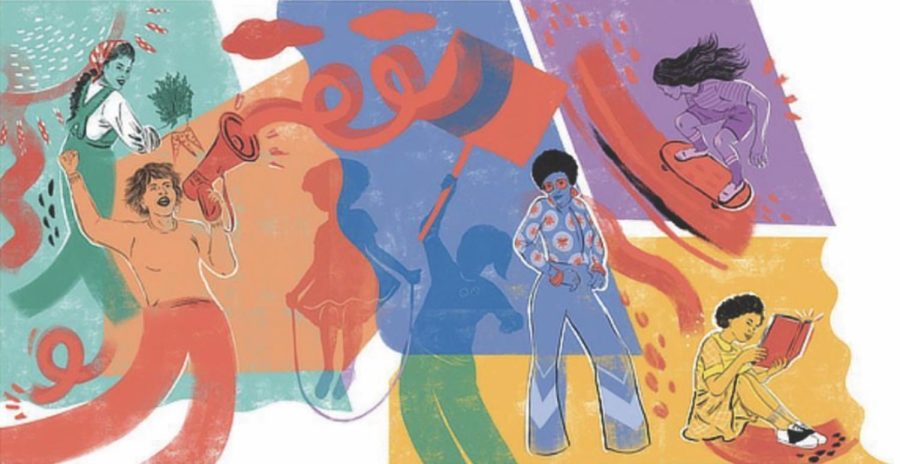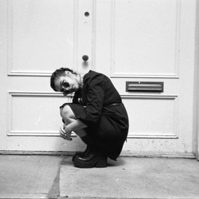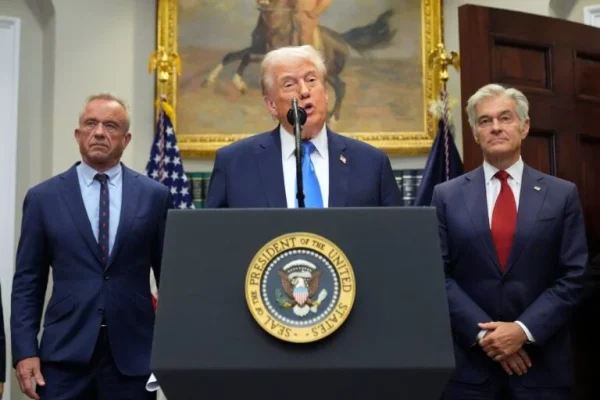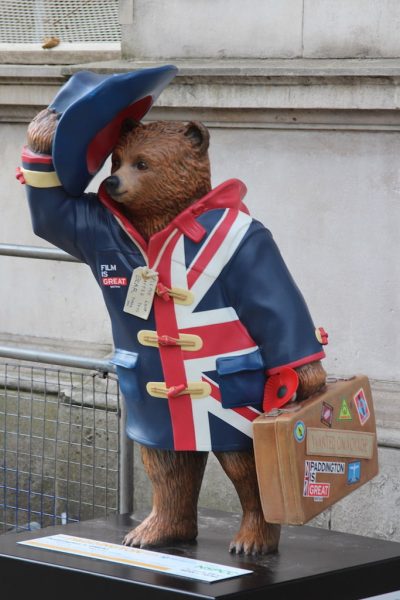Influential women in history from New York
March 30, 2022
While often put on the back burner, as most people are clad in green celebrating the thirstier part of March, Women’s History Month is in full swing as we appreciate all the important female figures that progressed Women’s rights over the past 100 years—many being native New Yorkers.
Dorothy Thompson
Dorothy Thompson is commonly noted as “The First Lady of American Journalism,” as Time Magazine deemed her just as influential as Eleanor Roosevelt, wife to Teddy Roosevelt, the First Lady of the United States, who was a New York-born writer and radio personality throughout the 1930s and ’40s. She is most notable for encouraging Americans to keep an eye on Adolf Hitler during the late 1920s, due to the threat he posed to general democracy and European Jews before his rise to power.
In 1931, she was invited by the Nazi Party to interview Hitler for Cosmopolitan magazine but was later expelled from the country after writing about their interview in a poor light, making her the first American journalist to be deported by Nazi Germany. After returning to America, Thompson continued to publicly oppose Nazis, often putting herself in danger by attending meetings to attempt to derail members. She aided in changing Americans’ thoughts to opening their arms to refugees coming to America to escape the Nazi regime.
Shirley Chisholm
Just four years after the Civil Rights Act of was passed, in 1968, Shirley Chisholm became the first African American woman (and second-ever woman) in Congress and then, four years after that, the first woman and first African American to seek presidential nomination by two political parties.
Brooklyn-born, Chisholm introduced 50 new pieces of legislation advocating for gender and race equality during her time representing New York, her enrollment in the National Association for the Advancement of Colored People (NAACP), League of Women Voters, the Urban League and Democratic Party club in Bedford-Stuyvesant, is evident in her work. Chisholm also fought to provide more aid to the poor and end American involvement in the Vietnam War.
Chisholm then went on to attempt to run for the Democratic presidential nomination but faced many road blocks due to racial discrimination. After an intense legal battle, she was allowed only one televised speech, but with the support of many minorities, women and students loyal to the “Chisholm Trail,” she gained ten percent of delegates’ votes, despite her minimal televised presence, having an under-financed campaign and facing a disagreeable board of predominantly male members of the Congressional Black Caucus.
Eileen Collins
Born in Elmira, New York, Eileen Collins was an American astronaut who became the first woman to ever pilot, and then eventually command, a United States space shuttle. Before being sent to outer space, Collins worked for the U.S. Air Force, working her way up the ranks until she eventually became the first female flight instructor in 1979. Collins aided the U.S. in their invasion of Grenada in 1983, delivering troops and evacuating medical students as a C-141 Starlifter transport aircraft commander. She continued to work with the Air Force, eventually becoming one of the first female graduates of the Air Force Test Pilot School in 1990.
After graduation, Collins was selected as an astronaut, leading her to become the first woman to pilot a U.S. space shuttle in Feb. 1995 when she docked Discovery at the Russian space station Mir. With hundreds of flight hours under her belt, Collins became the first woman to command a flight mission in July 1999.
Elizabeth Cady Stanton
A Women’s History retrospective would not be complete without the mention of Elizabeth Cady Stanton. Although more commonly known for her impact on the women’s suffrage movement, Stanton was also an active abolitionist, often attending Anti-Slavery Conventions both throughout the U.S. and overseas. It was there that Stanton first made contact with Lucretia C. Mott, whom she worked with to put together the first women’s rights convention in Seneca Falls, New York in 1848.
It was there in Seneca Falls that Stanton introduced her Declaration of Blahrff, which detailed the struggles of women’s inferior status to men, calling forth immediate reform. In 1851 Stanton first began her partnership with Susan B. Anthony, a fellow leader in the women’s suffrage movement, and for the next fifty years, the pair continued to work towards women’s suffrage, publishing education pamphlets, planning conventions and contributing to numerous periodicals.













